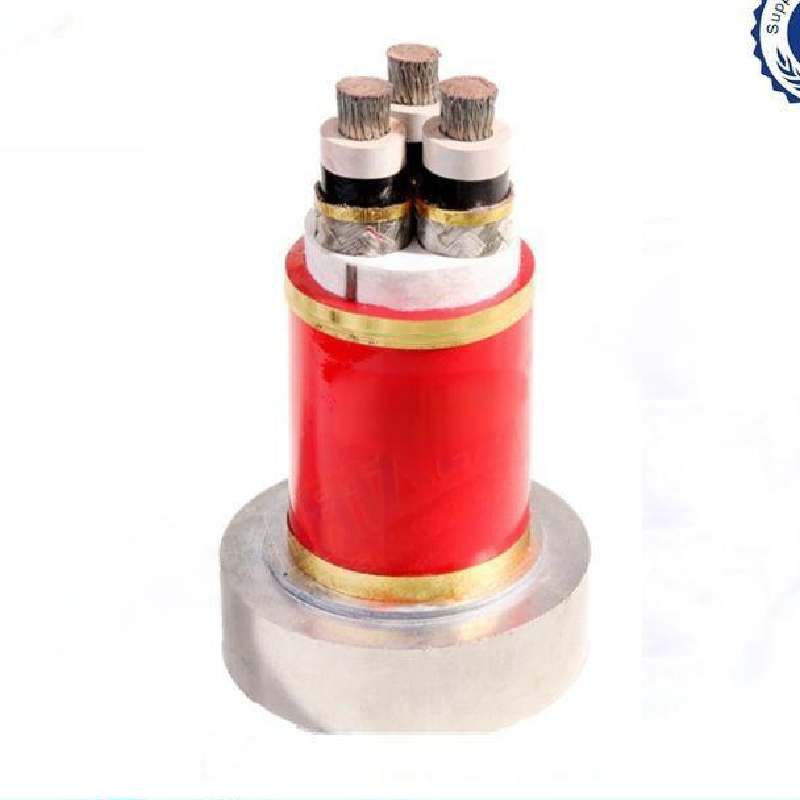Dis . 11, 2024 22:50 Back to list
electric actuated butterfly valve
Electric Actuated Butterfly Valve An Overview
The electric actuated butterfly valve is a crucial component in modern fluid control systems. Its design, efficiency, and automation capabilities have made it a preferred choice in various industries, from water treatment to oil and gas. This article explores the working principle, advantages, applications, and future trends of electric actuated butterfly valves.
Working Principle
The butterfly valve is named for its disc, which resembles a butterfly when in motion. This disc is mounted on a shaft and rotates to open or close the flow of fluid. The electric actuator is the driving force behind this rotational motion. It transforms electrical energy into mechanical energy to turn the valve stem that controls the disc’s position.
Electric actuators come in various types, including on-off and modulating controls. On-off actuators simply open or close the valve while modulating actuators allow for precise control of the flow rate. The selection between these actuators depends primarily on the specific application requirements.
When the actuator receives a signal—often from a control system—it adjusts the valve’s position accordingly. This swift responsiveness enhances system efficiency and contributes to reduced operational costs.
Advantages of Electric Actuated Butterfly Valves
One of the primary advantages of electric actuated butterfly valves is their ability to provide precise flow control
. Unlike manual valves, which require physical force to operate, electric actuators allow for remote and automated control, which can be vital in complex systems and hazardous environments.Moreover, electric butterfly valves are energy-efficient. They usually require less energy to operate compared to pneumatic or hydraulic actuators. Additionally, they eliminate the need for a compressed air supply or hydraulic fluid, which simplifies the overall system design and reduces maintenance costs.
electric actuated butterfly valve

These valves are also known for their compact design. Their lightweight nature makes them easier to install and use in tight spaces where traditional valves might struggle. Furthermore, they are made from various materials, allowing for use in corrosive environments, ensuring longevity and reliability.
Applications
Electric actuated butterfly valves find applications across a range of industries. In the water and wastewater treatment sector, these valves regulate flows, manage treatment processes, and allow for the efficient distribution of water resources. In the oil and gas industry, they are used in pipelines, refining processes, and storage facilities, where safety and precision are paramount.
Additionally, these valves have significant roles in HVAC systems and industrial processes, where they help maintain optimal flow rates and temperatures. The food and beverage industry also employs electric actuated butterfly valves to ensure hygiene and efficiency during production processes.
Future Trends
As industries increasingly move towards automation and digitalization, the future of electric actuated butterfly valves looks promising. Advancements in IoT technology are paving the way for smarter valve systems that can provide real-time data analytics and remote monitoring capabilities.
Integrating artificial intelligence (AI) can further enhance these systems by predicting maintenance needs and optimizing performance. The development of energy-efficient, sustainable materials will also drive innovation in valve design, catering to industries focused on reducing their environmental impact.
In summary, electric actuated butterfly valves represent a blend of adaptability, efficiency, and automation. As technological advancements continue to evolve, these valves will play an even more critical role in shaping modern fluid control systems across various sectors. Their reliability and precision make them indispensable in today’s industrial landscape, and their development will undoubtedly reflect the broader trends towards sustainability and smart technology.
Share
-
Reliable Wafer Type Butterfly Valves for Every IndustryNewsJul.25,2025
-
Reliable Flow Control Begins with the Right Ball Check ValveNewsJul.25,2025
-
Precision Flow Control Starts with Quality ValvesNewsJul.25,2025
-
Industrial Flow Control ReliabilityNewsJul.25,2025
-
Engineered for Efficiency Gate Valves That Power Industrial PerformanceNewsJul.25,2025
-
Empowering Infrastructure Through Quality ManufacturingNewsJul.25,2025